Vietnam History Museum
The oldest of its kind in Vietnam, Vietnam History Museum was renovated from the French Ecole Française d’Extreme Orient.
.jpg)
Vietnam History Museum lies silently on the back of the renowned Hanoi Opera House, at No.1 Pham Ngu Lao Street, Hoan Kiem District. This museum was built in 1926 under the name Louis Finot Museum by the Ecole Française d’Extreme-Orient and finish in 1932. After being taken over by Vietnamese Government, the museum changed its official name to Museum of Vietnam History and opened to the public on 3 September 1958.
Although the museum is only 2,000m2 in total, it provides a great overview of the history of Vietnam thanks to chronological sequence. The site has two floors, among which Vietnam’s history is divided into 10 different sections, from the prehistoric era to the day when President Ho Chi Minh read out the Declaration of Independence giving birth to Vietnam.
In here preserving more than 7,000 precious objects, some aged thousand years old which represent the cultural diversity of the country. Historic objects exhibited here are not only Vietnamese origin but also consists other culture like China, Japan, Thailand and especially Champ with more than 50 stone-engraved back to 7th-13th centuries.
Visitors may have to make full use of imagination as well as sensitivity to understand artifacts and relics exhibited in the museum. This is good chance for you to test your ability to perceive art because the descriptions of the objects are quite sparse that most of them are in Vietnamese and only indentify what the object is rather than what is its meaning.
.jpg)
How to get there
Vietnam History Museum opens from 8:00am – 16:30pm with a ticket price of VND 20,000 (US$ 1) and a bonus of VND 15,000 (US$ 0.75) if you want to use camera inside the museum. The museum is quite easy to find as it is located right on the back of Hanoi Opera House, at No.1 Pham Ngu Lao Street, Hoan Kiem District.
See more
-
.jpg)
Long Bien Bridge
If Hoan Kiem Lake with special green water and the red bridge named The Huc is the symbol of an elegant and charming ancient city; Red river and Long Bien bridge may be seen...
-
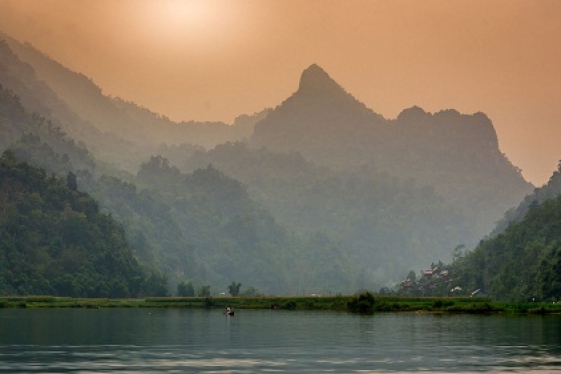
Ba Be Lake
Ba Be lake is one of the most 16 th beautiful lake and one of the most one hundered largest freshwater lake in the world. Ba Be lake is a destination that you should not...
-

Ta Phin Village
Ta Phin village is famous as an attractive ecotourism of Lao Cai province and shoul not be missed when traveling to Sapa . Ta Phin village is home to...
-
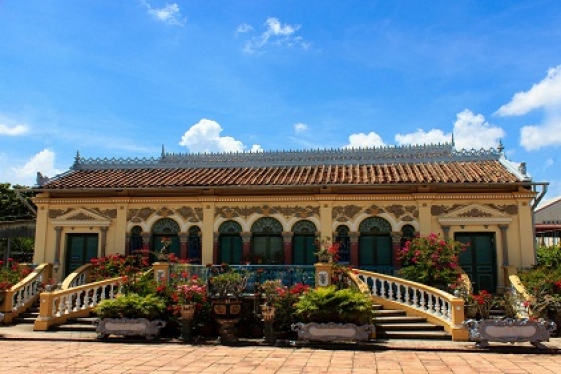
Binh Thuy Ancient House
Binh Thuy ancient house was built 100 years ago and used as a backdrop to many famous films. The house has an unique architect which is the...
-

Fairy Stream
Fairy stream is flowing next to Cang Vang Hill in Mui Ne and its color is very unique. Besides, fairy stream has beautiful scenery that attracts many tourists.
-
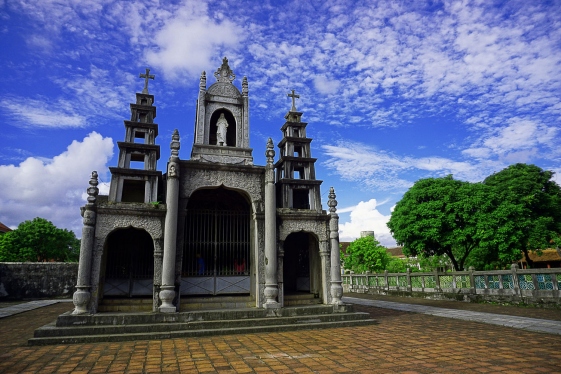
Phat Diem Cathedral
Phat Diem Cathedral is one of the most famous and beautiful churches in Vietnam with special architecture: an elegant combination of Western architectural style and...
-
.jpg)
Tu Duc Tomb
Located in a narrow valley in Duong Xuan Thuong Village, 8km from Hue City, Tu Duc Tomb is considered as one of the most beautiful and picturesque and largest works of...
-
.jpg)
Van Phuc Silk Village
Situated on the bank of Nhue River, about 10km southwest of Hanoi Old Quarter, Van Phuc silk village is renowned for its traditional weaving and premium quality silk products.
-
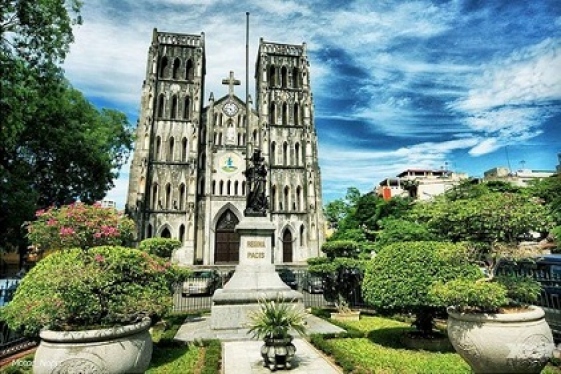
Saint Joseph Cathedral
Saint Joseph Cathedral, located at 40 Nha Chung street, Hanoi, is a Roman Catholic cathedral with neo- gothic style, which was built about 120 years ago.
-
.jpg)
Hai Van Pass
Hai Van Pass or Sea Clouds Pass offers an impressive landscape of verdant mountains and clear blue skies, overlooking Da Nang City, Tien Sa Port, Son Tra Peninsula, and South...
Destinations
Most popular tours
-
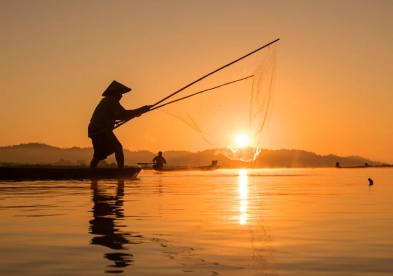
Charm of Vietnam
Price from: 900 US$
-

Northern Classic Tour
Price from: 310 US$
-
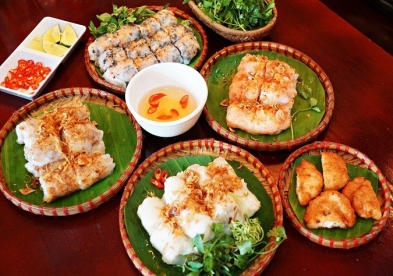
Hanoi Street Food Taste
Price from: 20 US$
-
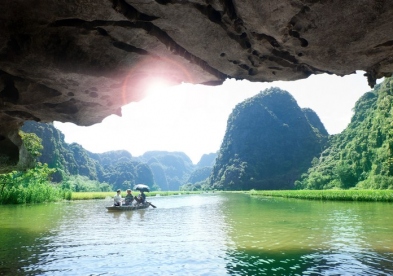
Hoa Lu – Tam Coc Day Tour
Price from: 33 US$
Business info
Vietnam Local Guide
- Address: 18th Floor, VTC Online Tower, 18 Tam Trinh Str.,Hai Ba Trung Dist., Hanoi, Vietnam
- Email: info@vietnamguider.com
- Phone: (+84) 0904989890
- Hotline: (+84) 0904989890